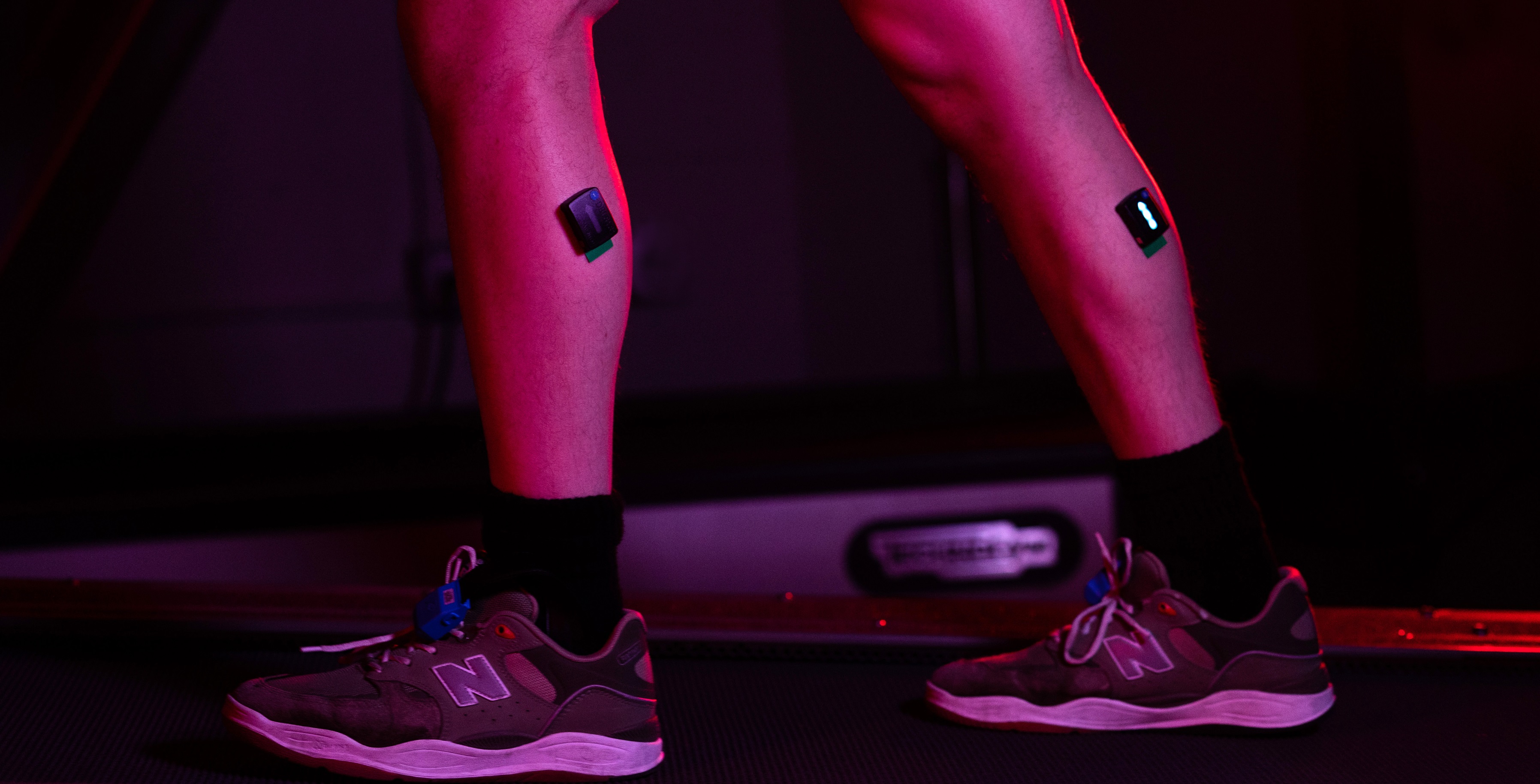Research
Gain hands-on experience through immersive research.
/0x89:3600x2386/prod01/channel_34/media/seattle-university/college-of-arts-and-sciences/departments-and-programs/department-of-kinesiology/images/SU_Kinesiology-020F.jpg)
We develop well-educated, self-directed, and conscientious professionals in fields of movement science.
Through collaborations that set our program apart, you can work one-on-one with faculty on projects in and outside of the classroom, allowing you to follow your passion wherever it may lead. Among the resources available to you is our Human Performance Lab, with a wide variety of equipment.

Faculty Research
Learn about their most recent and past research projects.
Human Performance Lab
At Seattle University's Human Performance Lab, we pride ourselves in the hands-on experience that students gain. While we believe having a solid foundation built upon academic curriculum is important, we also challenge our students to answer their own questions in the laboratory. Every day is a new challenge in the lab and we want to empower our students to pursue their dreams.
Students often ask us: "How can I apply what I learned in the classroom?" Having access to research grade tools as an undergraduate enables them to speak from a greater platform of competence and experience as they are going forth into the world. Better student outcomes arise from this kind of student engagement. Student passions are ignited within the lab and seeing our students grow by exploring their aspirations is what drives us.
Current Students
Reserve Human Performance Lab equipment.
K4B2
- A compact semi-portable metabolic measurement system used to efficiently and accurately assess someone’s cardio fitness. The K4B2 is used in the lab for classes, research and athletic testing.
Parvo Medics Trueone
- A metabolic measurement system used for exercise physiology testing to gain knowledge about someone’s fitness and metabolism.
Monark Stationary Bike
- A stationary bike modified so that it can be used to do a variety of aerobic and anaerobic fitness assessments. Students use the bike in their lab classes to run an assessment that allows them to assess one’s anaerobic fitness, which is important in quick, all out efforts like sprinting.
Xsens
- A portable, wearable technology which allows us to measure various aspects of movement, such as joint angles, in the field. Xsens has been used mostly for student research.
Vicon
- A camera-based system similar to those used to create video games, which measures body movement in 3 dimensions. The Vicon allows us to see joint angles, segment velocity and many other things.
Force Plates
- A portable way to measure the forces created by movement.
Bioimpedance Machine
- A non-invasive way to measure body composition and metabolic rate.
Delsys Trigno Wireless Biofeedback System
- These portable sensors allows students, researchers and clinicians to measure muscle activity and movement indoors and outdoors. The system is mobile and compact with a software suite that allows for biofeedback applications.
Gymaware Velocity Based Training
- Gymaware is a linear Positional Transducer with angle measurement that is used for measuring performance, implementing velocity-based training and monitoring power.
H/P/Cosmos® Optogait® Treadmill
- The Optogait treadmill is an innovative system for movement analysis and functional assessment of individuals. The system is equipped with optical sensors working at a frequency of 1000 Hz and having an accuracy of 1 cm, detecting the relevant space and time parameters for gait, running or other test types.
Tobii Eye Tracker Pro
- The Tobii eye tracking system is a screen-based eye tracker that captures gaze data and can be used to assess fixations and saccades.
GE LOGIQ (TM) e
- The GE LOGIQ TM e is laptop style ultrasound system that use several technologies such as TruScan architecture, PDI (Power Doppler Imaging), panoramic images (up to 60cm), split screen, SmartScan, and ComfortScan technologies to provide diagnostic imaging.
GE Vscan Air (TM)
- The GE VScan AirTM is a wireless handheld ultrasound system that enables whole-body scanning.
/49x0:1554x2002/prod01/channel_34/media/seattle-university/directory/faculty-amp-staff-directory/images/artsci/Casey-Watkins.jpg)
/17x0:573x739/prod01/channel_34/media/seattle-university/directory/faculty-amp-staff-directory/images/artsci/Photo_HeintzWalters_2023-c4X5-mw.jpg)
/48x0:1554x2003/prod01/channel_34/media/seattle-university/directory/faculty-amp-staff-directory/images/artsci/Nicole-Wood-c4X5-mw.jpg)